

Absolutely, achieving a spotless outdoor area can be done through simple methods that don’t require bulky equipment. A solution that I found to be remarkably efficient involves utilising homemade cleaning solutions combined with a sturdy brush and a bit of elbow grease. Vinegar mixed with water creates an excellent natural cleaner, perfect for removing stains and grime.
Another approach is to use a broom to sweep away loose dirt and debris before tackling tougher stains. Following up with a mixture of baking soda and water can work wonders on stubborn spots. This paste can be applied directly to the affected areas, left to sit for a while, and then scrubbed away with a stiff-bristled brush to restore the surface’s original appearance.
For larger areas, consider filling a bucket with soapy water and using a mop or sponge to cover more ground efficiently. A good scrub down, combined with rinsing using a garden hose, will ensure a thorough approach to maintaining the outdoor space. Patience and consistent effort yield remarkable results, proving that effective routines can be established sans complicated machinery.
Choosing the Right Cleaning Supplies for Your Patio
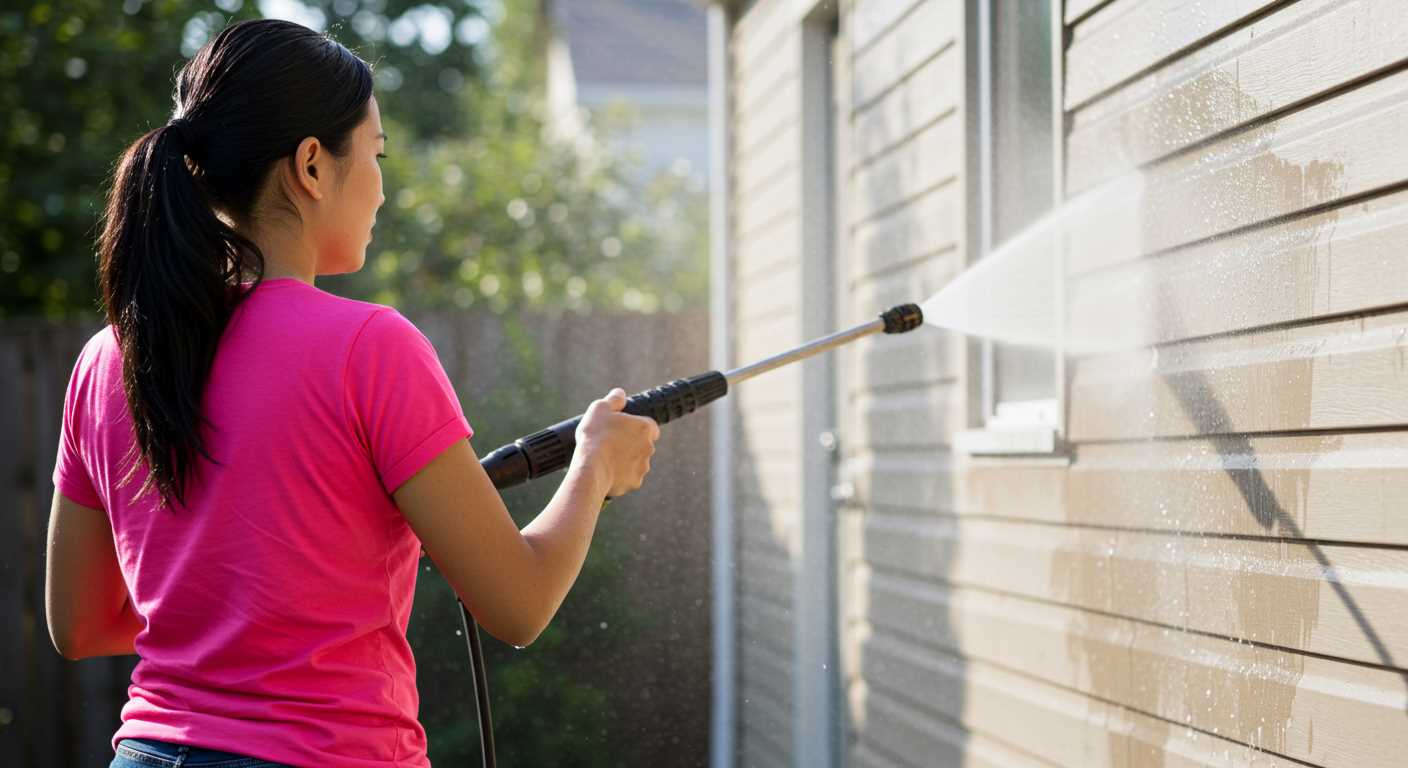
Select high-quality, biodegradable soaps that are safe for outdoor use. Look for products formulated specifically for stone, tile, or wood surfaces, depending on your materials. Avoid harsh chemicals that can damage the surface and the environment.
A stiff-bristled broom is essential for removing loose debris like dirt and leaves. Choose one with sturdy bristles that can withstand rigorous scrubbing. For more stubborn stains, a nylon scrub brush is beneficial, providing enough abrasion without causing harm.
<p пәрчиал /için doğrudur / this/ for various indoor and outdoor materials.
Consider investing in a deck cleaner for wooden surfaces. These formulations can help restore and maintain the beauty of the timber, protecting it from the elements. For stone or brick surfaces, a suitable moss and algae remover is vital to address any growth that may have occurred.
Utilising a bucket for mixing your cleaning solutions and rinsing will streamline the effort. Ensure it has a handle for easy manoeuvring. A garden hose with a spray nozzle attachment offers flexibility in water flow, allowing for both gentle rinsing and more concentrated cleaning where needed.
For tough stains, consider a focussed cleaner designated for grease or oil. These specialised products are formulated to break down heavier residues without compromising the surface beneath.
Lastly, a pair of gloves will protect your hands while working with cleaning agents. Ensure they are durable and resistant to chemicals, providing comfort throughout the task.
Step-by-Step Manual Cleaning Techniques
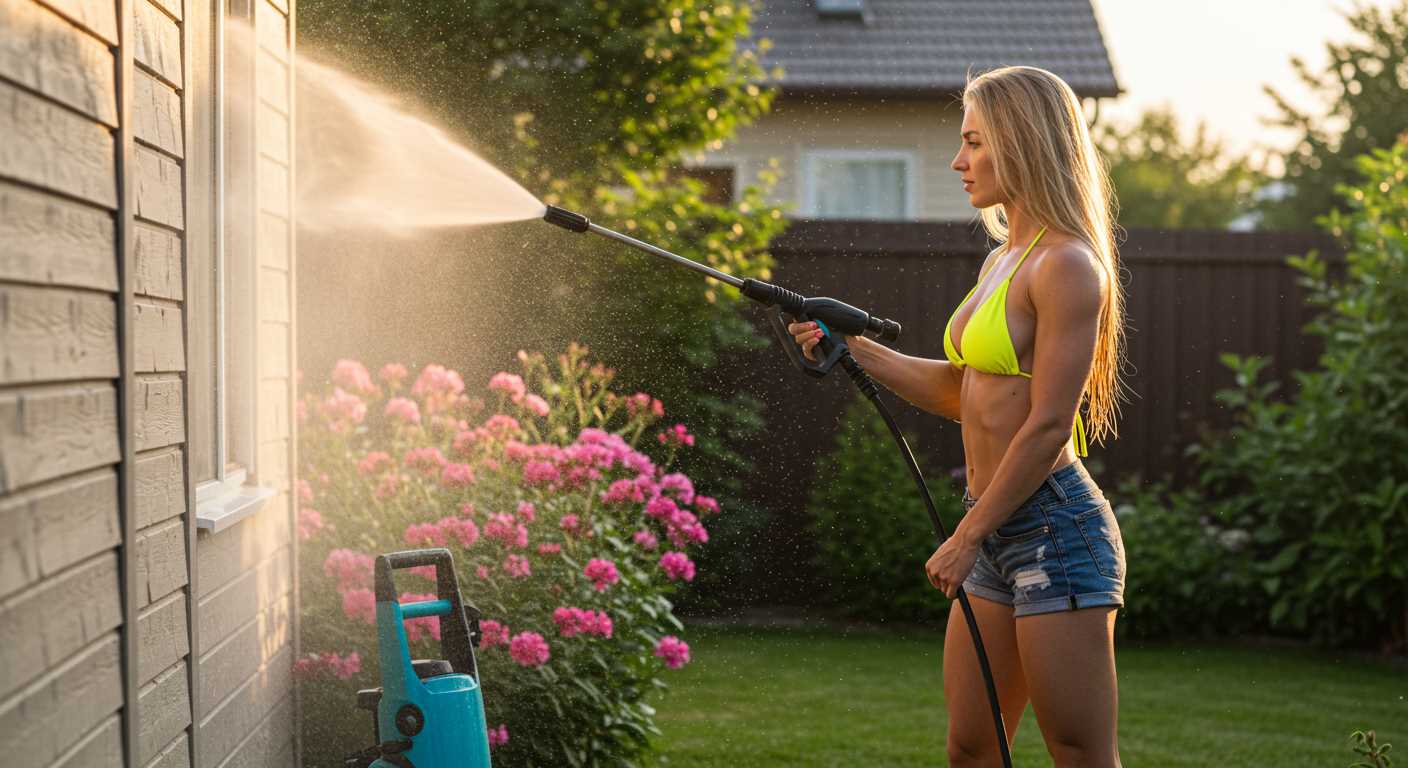
Begin with a thorough sweep to remove loose debris like leaves and dirt. Use a stiff-bristled broom for best results, ensuring that all corners and cracks are accessible.
Stain Treatment
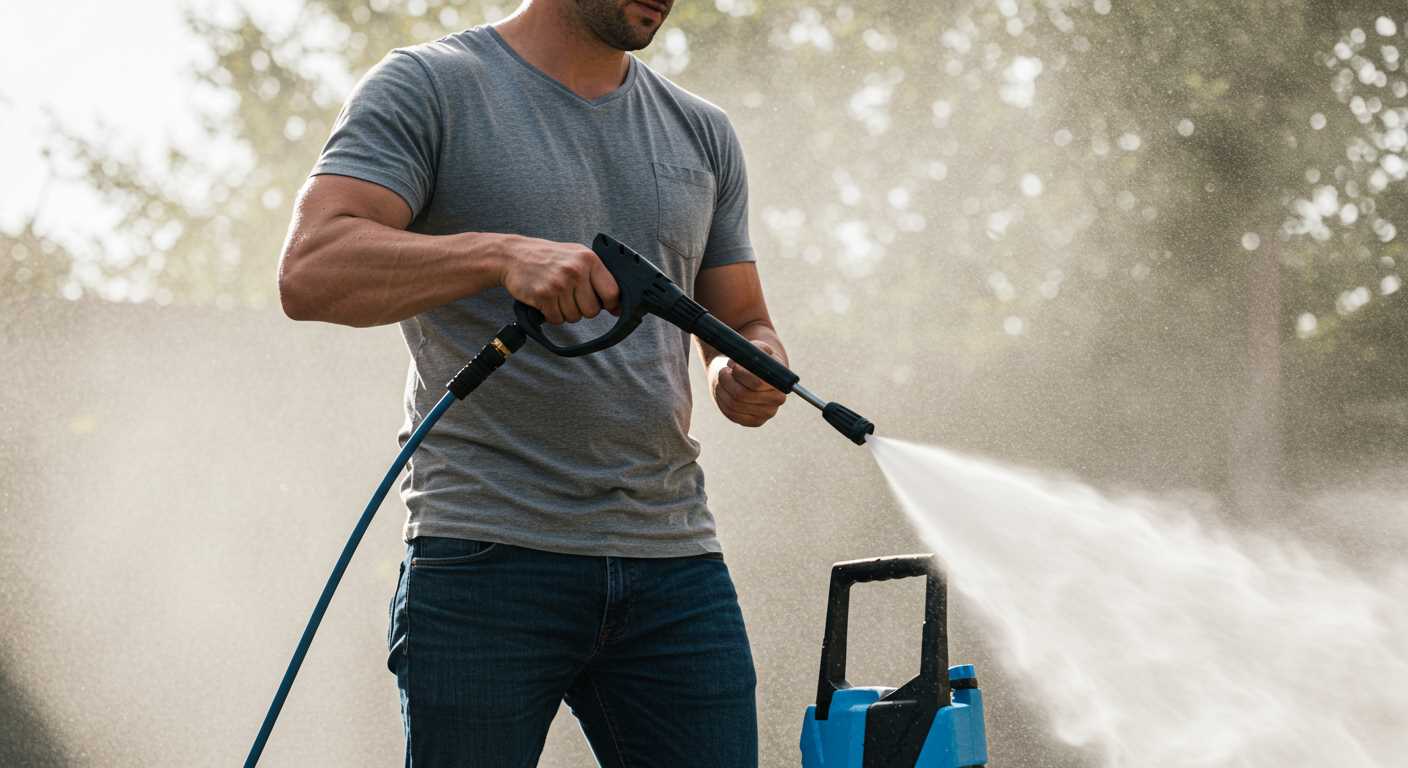
For stubborn stains, mix a solution of warm water and a few drops of dish soap. Apply this mixture directly onto the affected areas using a sponge or cloth. Let it sit for approximately 10-15 minutes to penetrate the grime.
Scrub the stained regions with a nylon brush, applying consistent pressure. Rinse the area with clean water using a bucket or hose, if available. Repeat if necessary until the stain lifts entirely.
Natural Solutions for Organic Matter
If mould or algae is present, a simple solution of vinegar and water (1:1 ratio) works wonders. Apply it generously on the affected spots and allow it to sit for at least 30 minutes. Scrub with a brush to lift the organic growth, then rinse thoroughly.
For persistent issues, consider using baking soda; sprinkle it directly on the area and follow up with the vinegar solution. The reaction helps break down tough deposits.
Dealing with Stains: Tips for Specific Materials
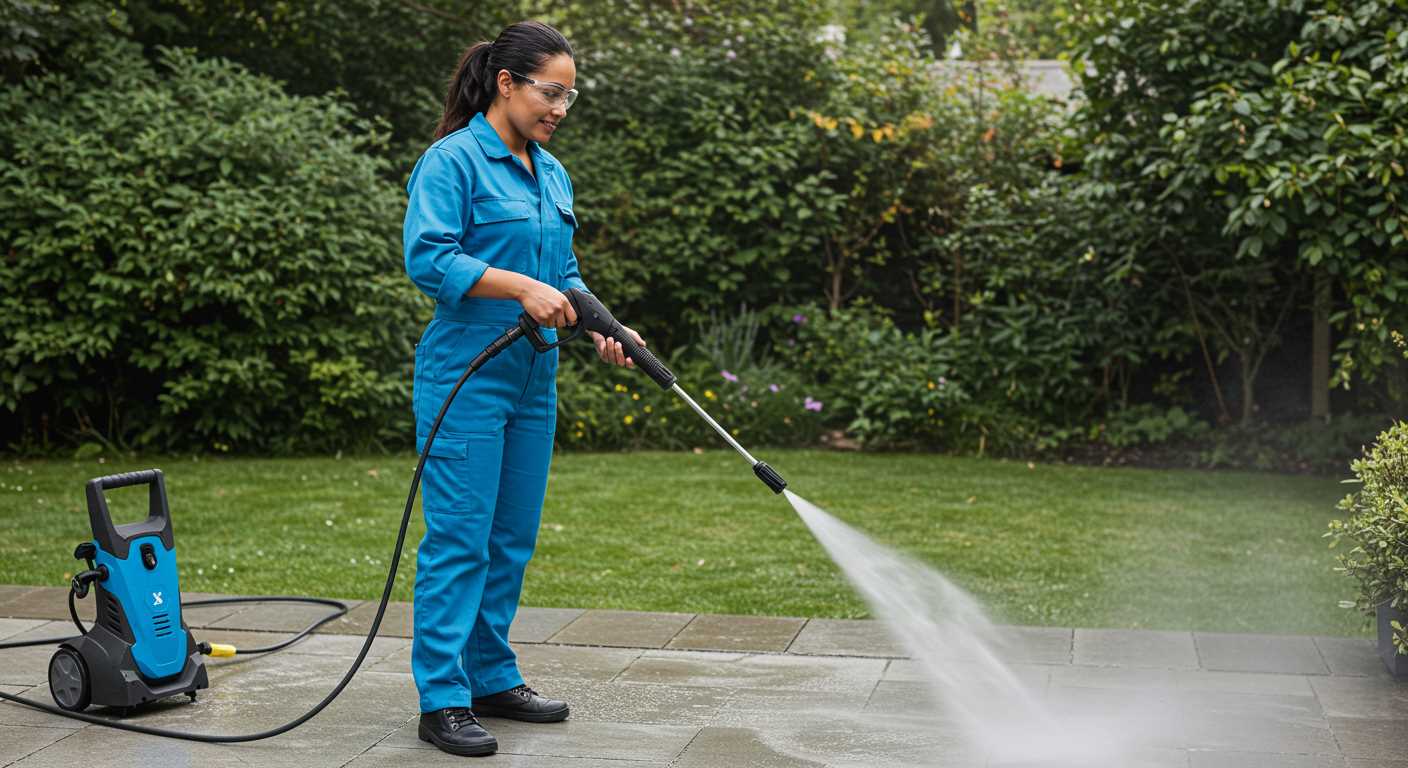
Concrete requires a targeted approach. Apply a mixture of baking soda and water or a dedicated concrete cleaner to stubborn marks. Scrub with a stiff-bristle brush for effective removal.
For natural stone, such as slate or flagstone, keep in mind that acidic cleaners can cause damage. Use a pH-neutral cleaner diluted in water. Rinse thoroughly after scrubbing to prevent residue buildup.
Wood surfaces necessitate a gentler method. Combine mild soap with water, using a soft brush for application. If mould or mildew is present, consider a vinegar-water solution for treatment.
- Ensure the wooden area is adequately dried after cleaning.
- For persistent stains, sand the area lightly, then reseal with an appropriate wood treatment.
Bricks and pavers can be enhanced using warm, soapy water. For ingrained dirt, applying a poultice made from baking soda and water can help lift the stubborn stains. Always rinse off the poultice after letting it sit.
- Test the cleaner on an inconspicuous spot first.
- Rinse with clean water after treatment.
For tiles, especially glazed ones, utilize a mixture of vinegar and water for routine cleaning. Stubborn stains may require a paste of baking soda and water, applied and left to sit for a while before scrubbing.
Finally, clear debris and leaves from all surfaces regularly to prevent stains caused by moisture. This preventive measure helps maintain the overall appearance and integrity of various materials.
Using Natural Cleaning Solutions for Patio Care
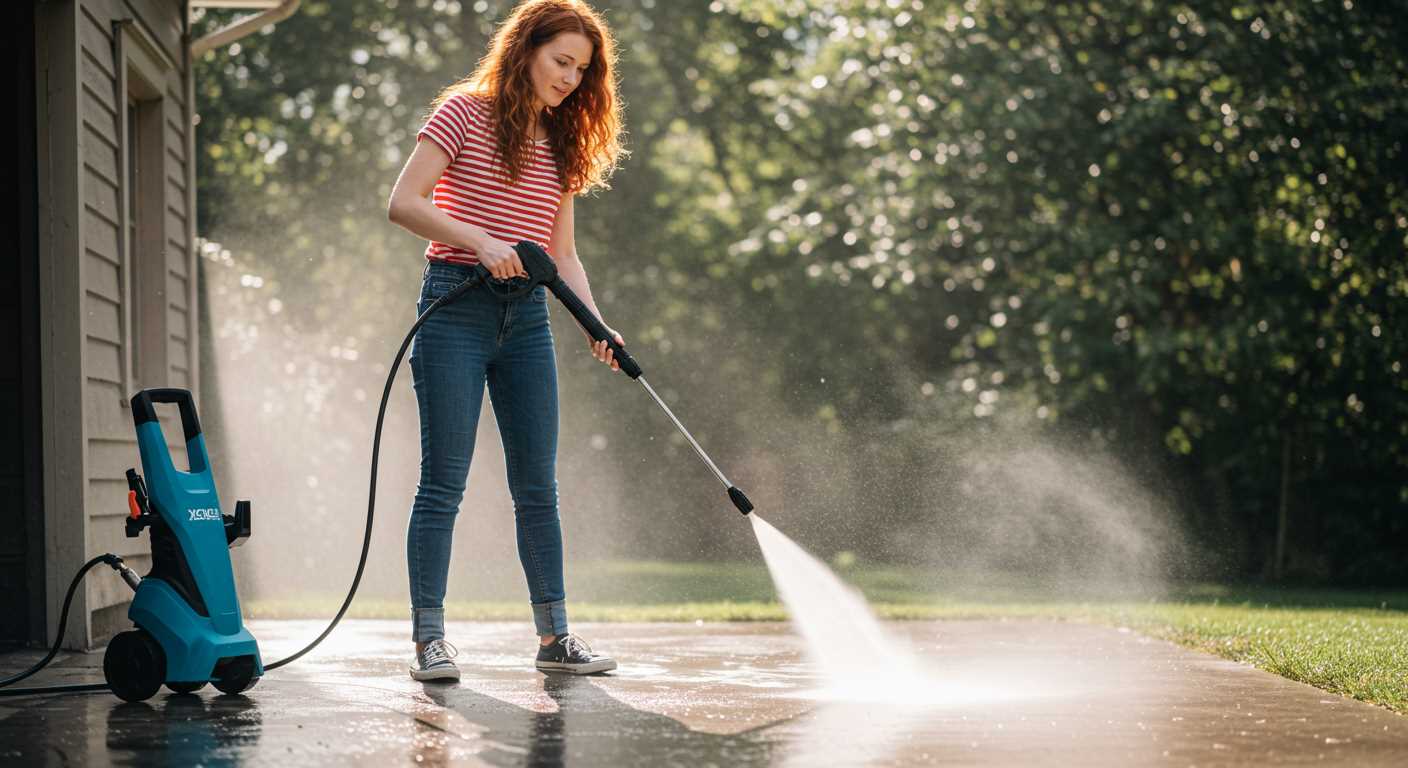
For tackling grime on hard surfaces, opting for natural mixtures can yield remarkable results. One effective concoction includes equal parts of white vinegar and warm water. This powerful duo not only cuts through dirt but also acts as a natural disinfectant. Applying the solution with a mop or spray bottle allows thorough coverage for effective results.
Baking soda serves as an additional ally in stain removal. Creating a paste with water allows for targeted application on stubborn marks. Leave it for 15-20 minutes before scrubbing gently with a brush. This method works wonders on concrete and stone surfaces.
Another beneficial natural option is castile soap, which is gentle yet effective. Dilute a small amount with warm water and apply using a mop. The soap helps lift dirt while being safe for the environment.
For an invigorating scent and extra cleaning power, adding a few drops of essential oils like tea tree or lemon to any solution provides antimicrobial properties. These oils can enhance the cleaning experience, leaving a fresh aroma post-cleaning.
After applying any of these natural solutions, rinsing with plain water ensures no residue remains, leaving your surfaces looking refreshed and clean. Regular maintenance using these natural methods promotes longevity and keeps dirt at bay.
Preventive Measures to Keep Your Outdoor Surface Clean Longer
Regular sweeping is a fundamental practice that eliminates loose dirt, leaves, and debris. Incorporate this task into your weekly routine to maintain cleanliness.
Applying a sealant to surfaces creates a protective barrier, reducing the penetration of stains and grime. Choose a product suitable for your material to enhance durability and ease of maintenance.
Strategically placing mats or rugs at entry points captures muddy footprints and reduces the amount of dirt tracked onto surfaces. Opt for non-slip options to enhance safety.
Install a drainage system to prevent water pooling, which can lead to algae growth. Ensure that existing drains are clear and functional to facilitate proper water flow.
Implementing a designated shoe policy helps minimise dirt introduction. Encouraging guests to remove shoes before entering outdoor spaces drastically cuts down on clean-up time.
Choose furniture placement wisely to limit shaded areas that promote the growth of moss and mildew. Keep seating and tables in direct sunlight when possible to dry surfaces efficiently.
Consider regular checks for weeds and diligently remove them. Weeds can create additional debris and lead to further cleaning challenges if left unattended.
Utilise planters with built-in drainage to prevent soil from spilling and staining surfaces. This also reduces the frequency of maintenance required around flower beds.
When to Consider Professional Help for Patio Cleaning
.jpg)
Engaging a professional service is advisable when faced with extensive dirt build-up, persistent stains that resist DIY efforts, or when the surface material requires specialised techniques. If the area is large or the task appears overwhelming, expertise from specialists can save time and ensure thorough results.
In situations involving intricate designs or delicate materials such as natural stone, hiring a professional avoids potential damage. Equipment required for heavy-duty work may exceed what is available at home, further justifying professional intervention.
Evaluate the condition of drainage systems or underlying structures. If issues arise, obtaining assistance from a service that understands both cleaning and structural integrity is crucial.
Finally, if safety is a concern due to accessibility or slippery surfaces, prioritising well-being with the help of experienced personnel is a wise decision.
FAQ:
Can you clean a patio without a pressure washer?
Yes, it is possible to clean a patio without using a pressure washer. There are several effective methods available that rely on common household items and manual effort. For instance, a mixture of warm water and dish soap can be used with a scrub brush to remove dirt and grime. Additionally, using a stiff broom or a vacuum designed for outdoor use can help clear away debris. For tougher stains, solutions like vinegar or baking soda can be applied, left to sit for a while, and then scrubbed off to restore the surface.
What are some alternative methods to clean a patio without using a pressure washer?
There are several alternative methods to clean a patio without a pressure washer, each suitable for different types of stains or dirt levels. One effective approach is to use a homemade cleaning solution made from equal parts vinegar and water. This solution helps to break down algae or moss. For stubborn stains, mix baking soda with water to create a paste, apply it, and scrub gently after some time. You can also use a stiff broom to sweep off loose dirt before treating tougher spots. For a deep clean, hot soapy water can be applied, followed by rinsing with a hose. Regular maintenance, such as sweeping and occasional cleaning with eco-friendly solutions, can keep your patio looking good without the need for heavy machinery.







